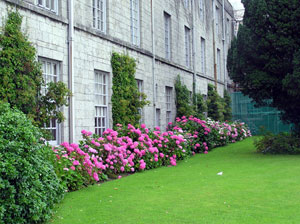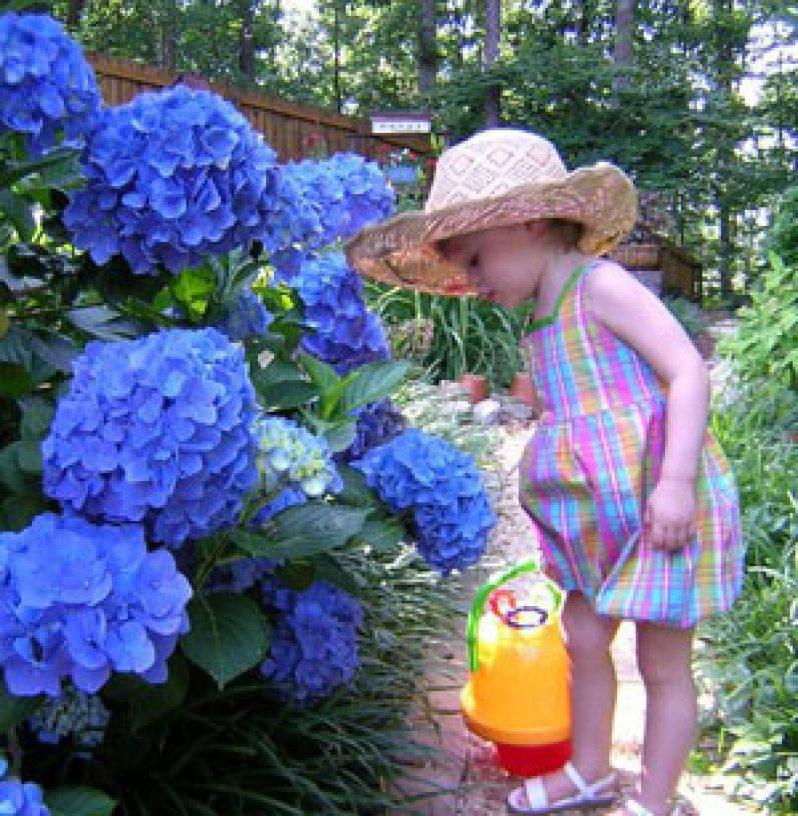THE Hydrangea macrophylla, or Mophead flower plant, is fascinating in that unlike other plants, it changes the colour of its flowers over a period of time.  The colours can change from white to pink, to blue to purple, depending on the acidity of the soil; or, sometimes, apparently at the whim of the plant itself.
The colours can change from white to pink, to blue to purple, depending on the acidity of the soil; or, sometimes, apparently at the whim of the plant itself.
The Hydrangea macrophylla is a native of Japan; and for a long time in Japan and in China, this was the plant to cultivate.
Introduced in Europe in 1789/90, it is now cultivated in many parts of the world in varying climatic conditions. This plant is also cultivated in Guyana.
Also known as Hortense, and bearing slight resemblance to the Plumbago, the Hydrangea plant lies close to the ground (a shrub) and has dense green foliage, forming a large ball that reaches a height of between three and six feet. The stems, about three inches in diameter, emerge from the ground, and rarely branch.
Plant in bloom
The blossoms of the plant range in colour from pink, white, blue or purple, and are at least two inches in diameter. A combination of large and showy and small and inconspicuous flowers are arranged on the outside of a rounded influorescence, which gives the plant its popular name — mophead. On the interior of the influorescence are the small flowers which produce seeds.
On the interior of the influorescence are the small flowers which produce seeds.
The flowers are hermaphroditic (have both male and female organs) and are pollinated by bees.
Flowers can (and do) change colour dramatically during the course of the growth of the plant.
Useful to hedge
The hydrangea is said to be a useful hedging plant because of its vigorous growth. It is also extremely striking in mass plantings.
It is useful in landscaping because of its dense green, high quality foliage.
The plant can be propagated by seeds or cuttings, and transplants easily. It succeeds in full sun or semi-shade, but if grown in a low rainfall area, requires shade at the hottest part of the day.
The hydrangea is salt tolerant, and thrives in a well-drained, loamy soil, but resents dryness at the roots.




.jpg)










